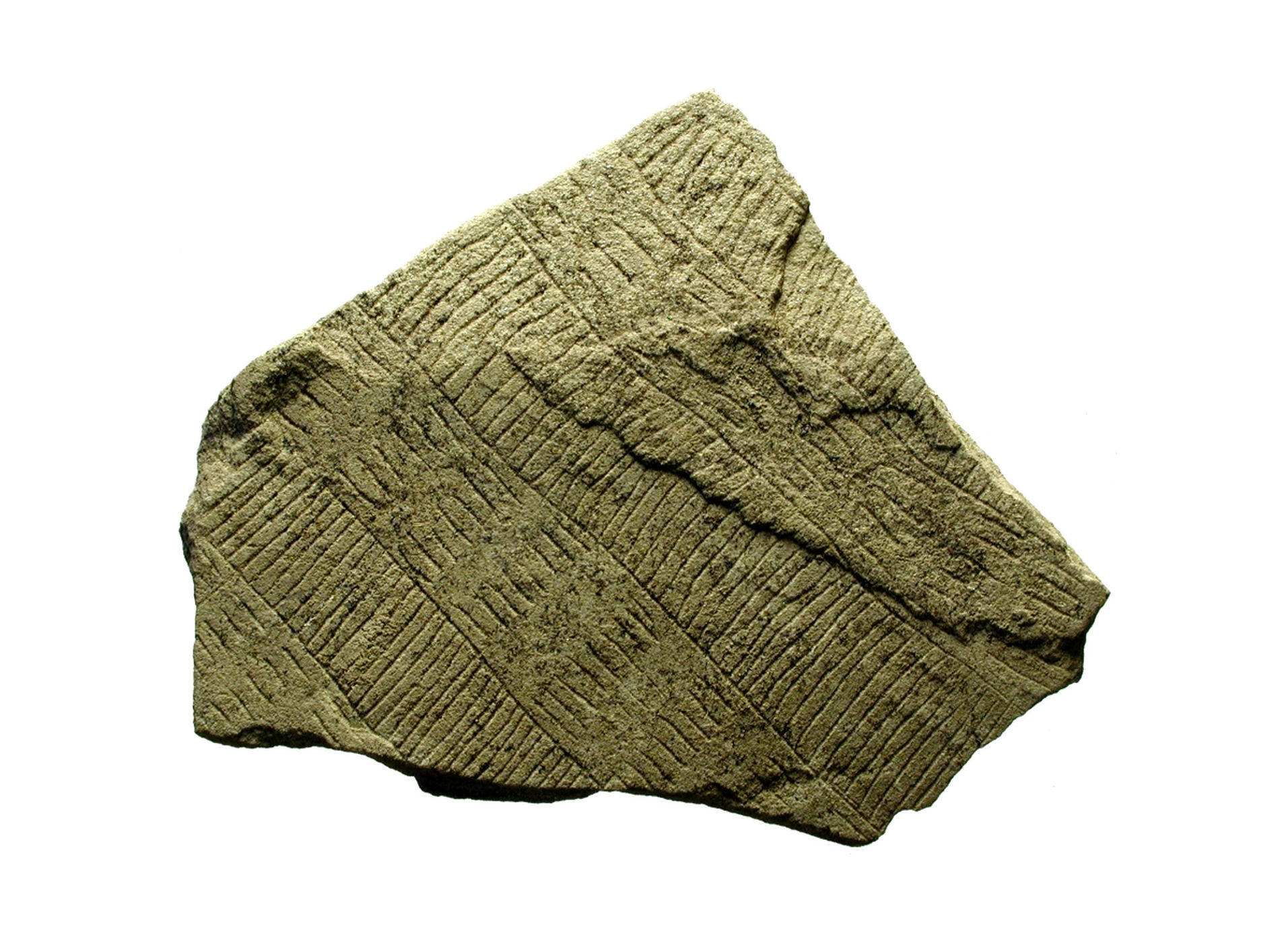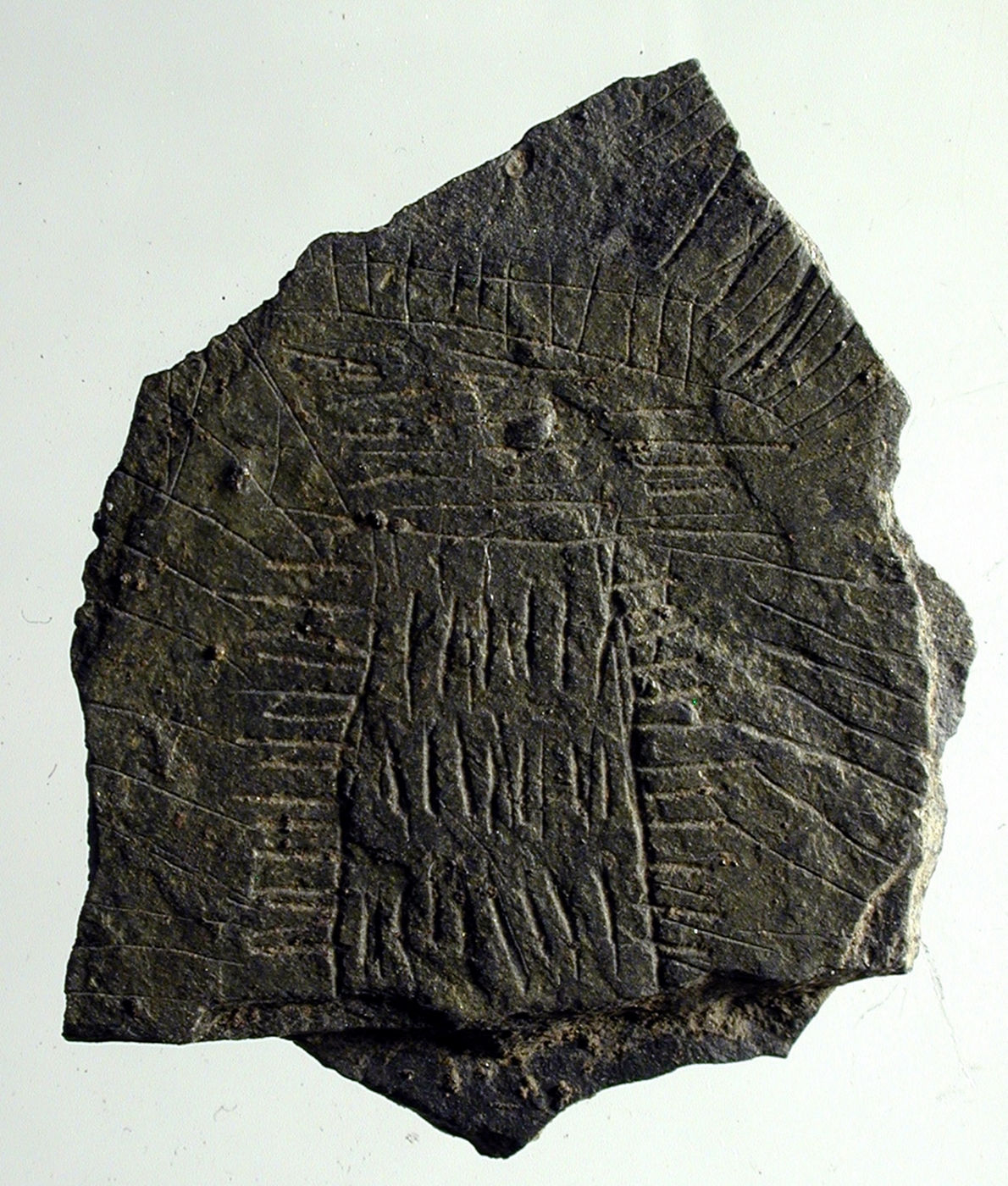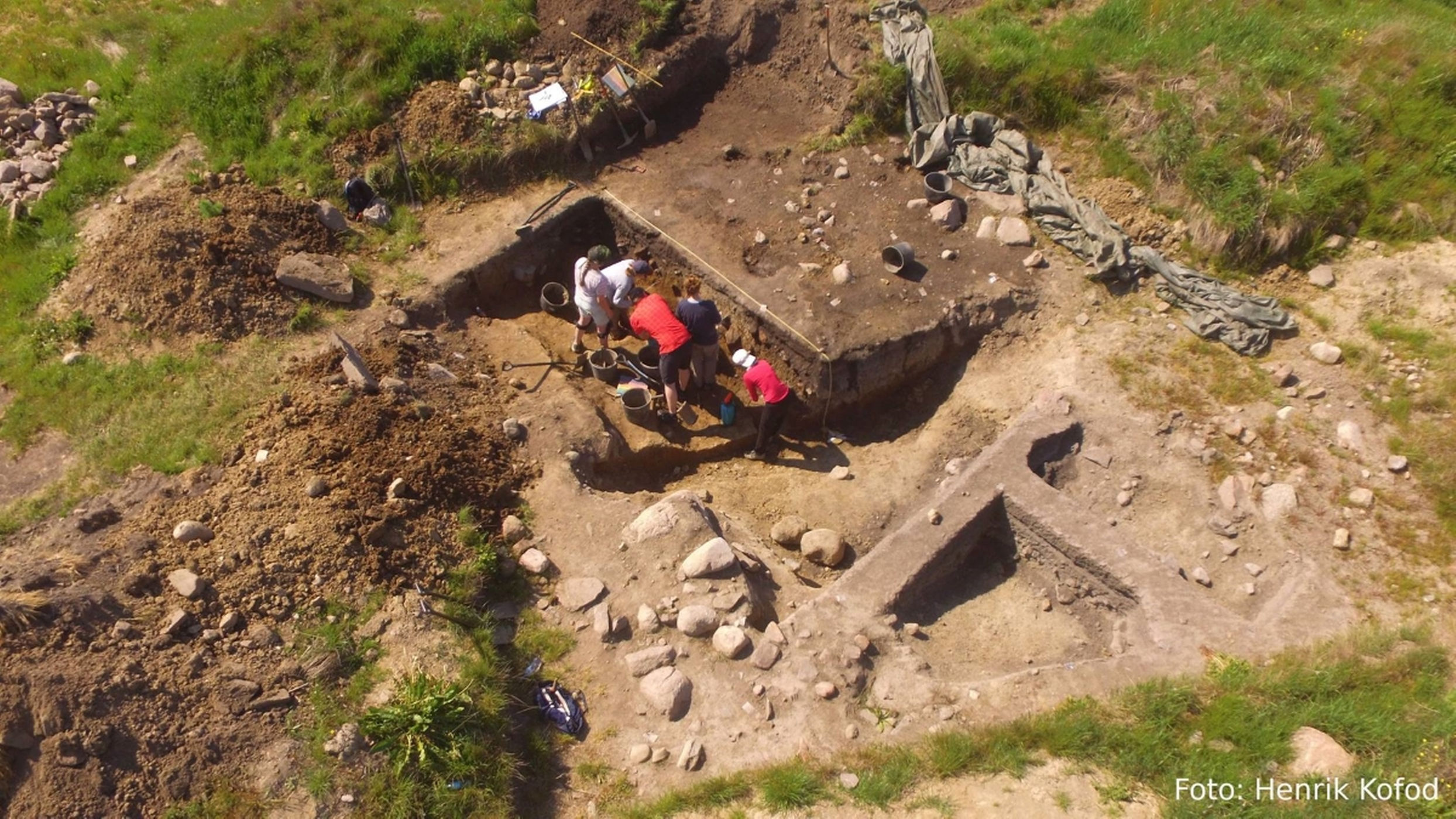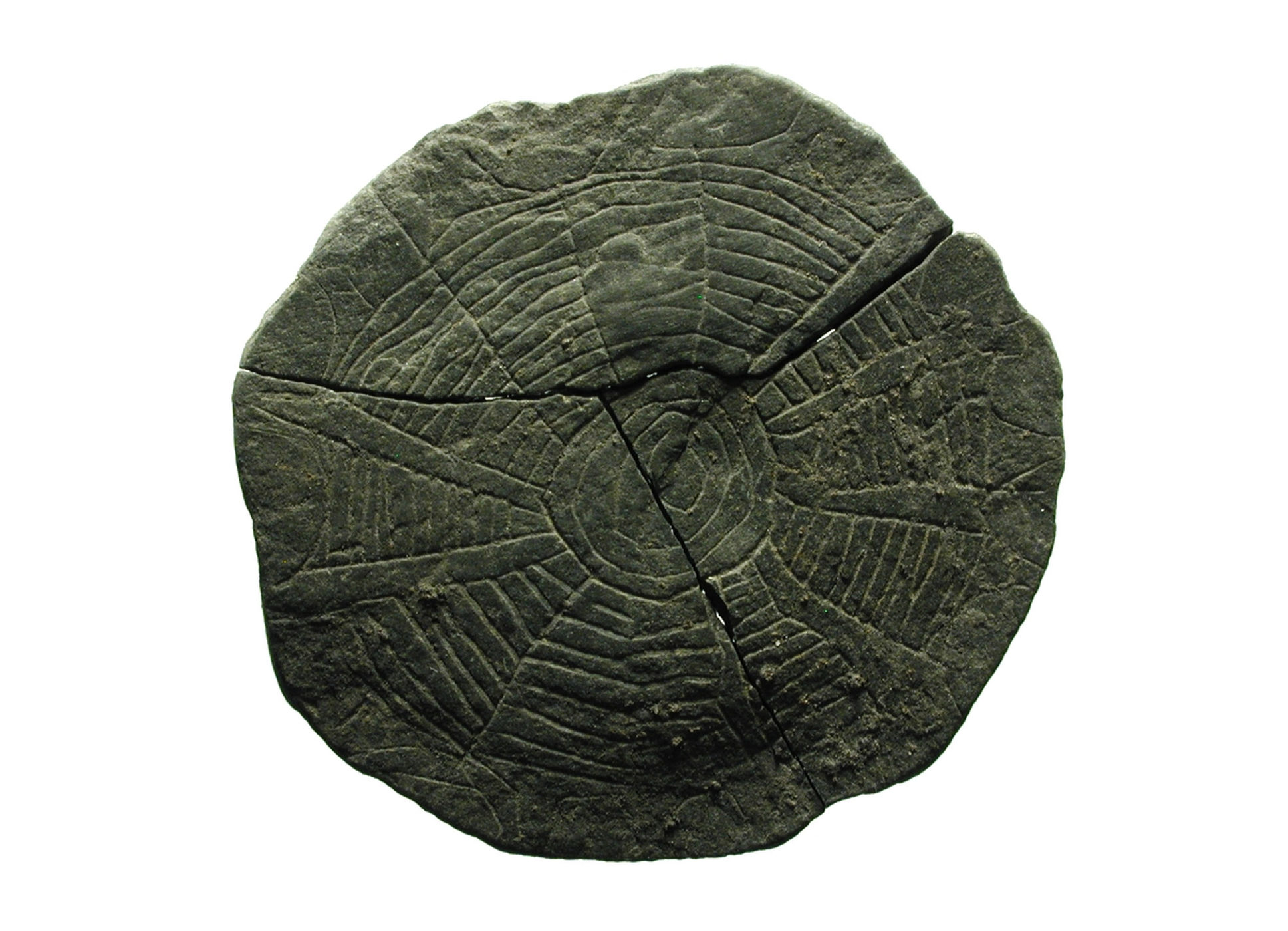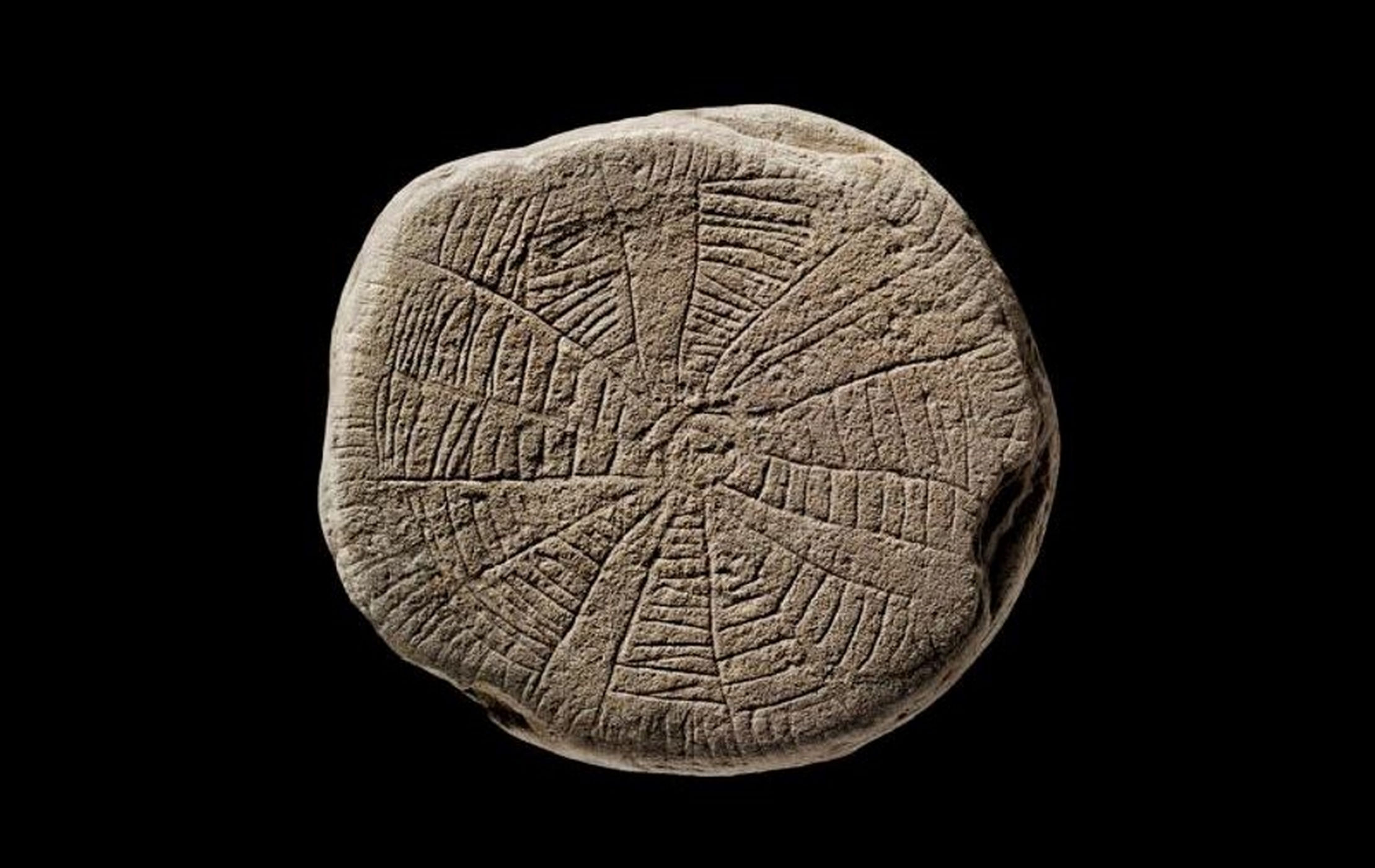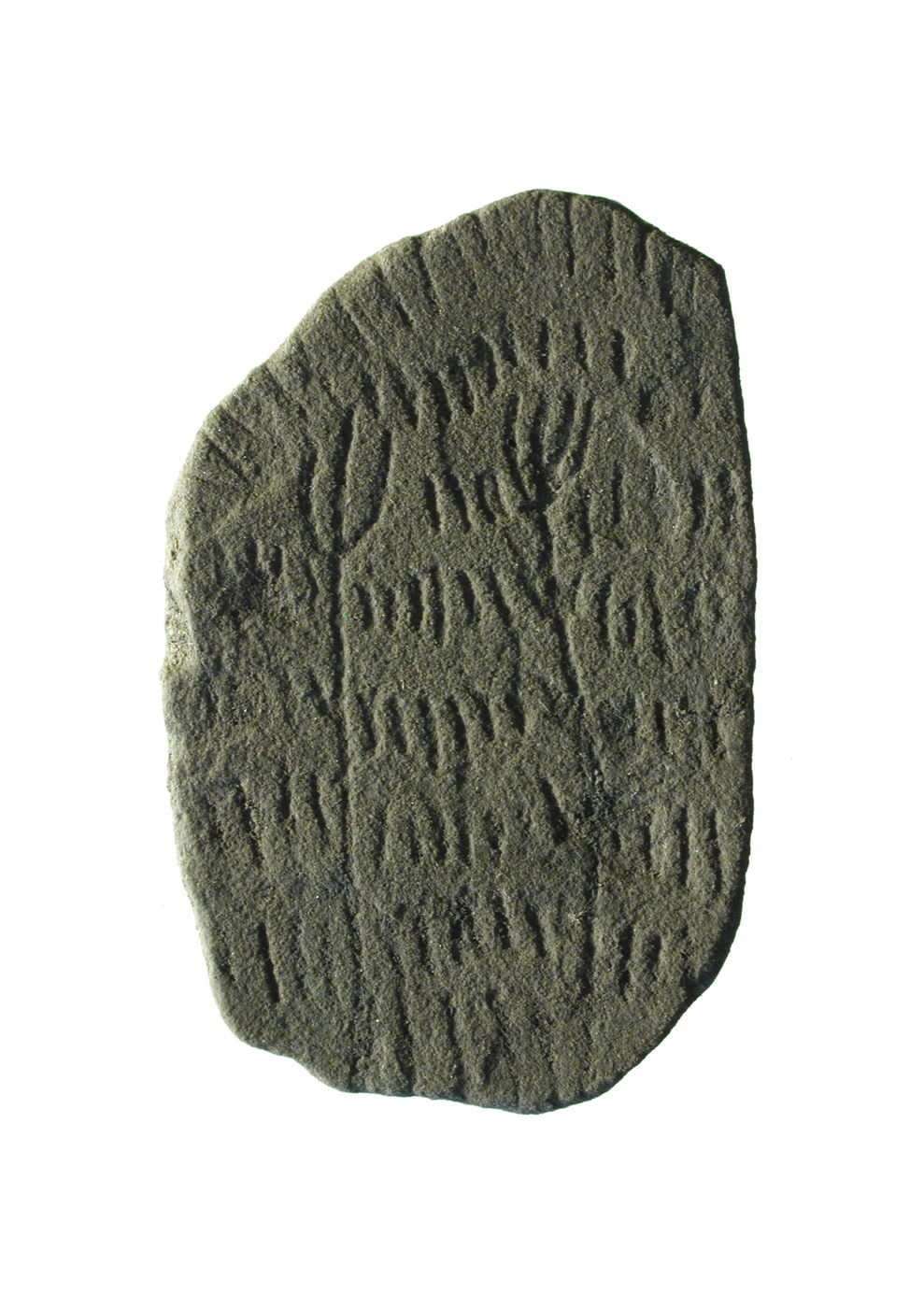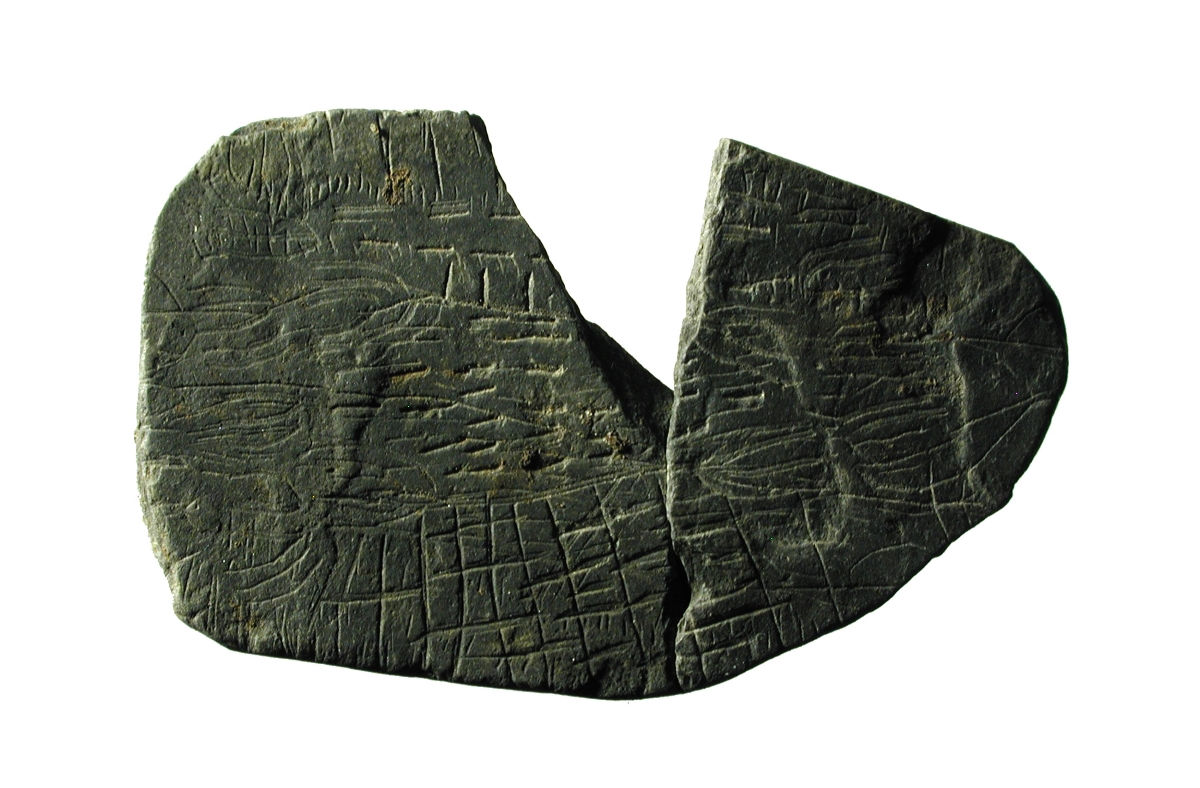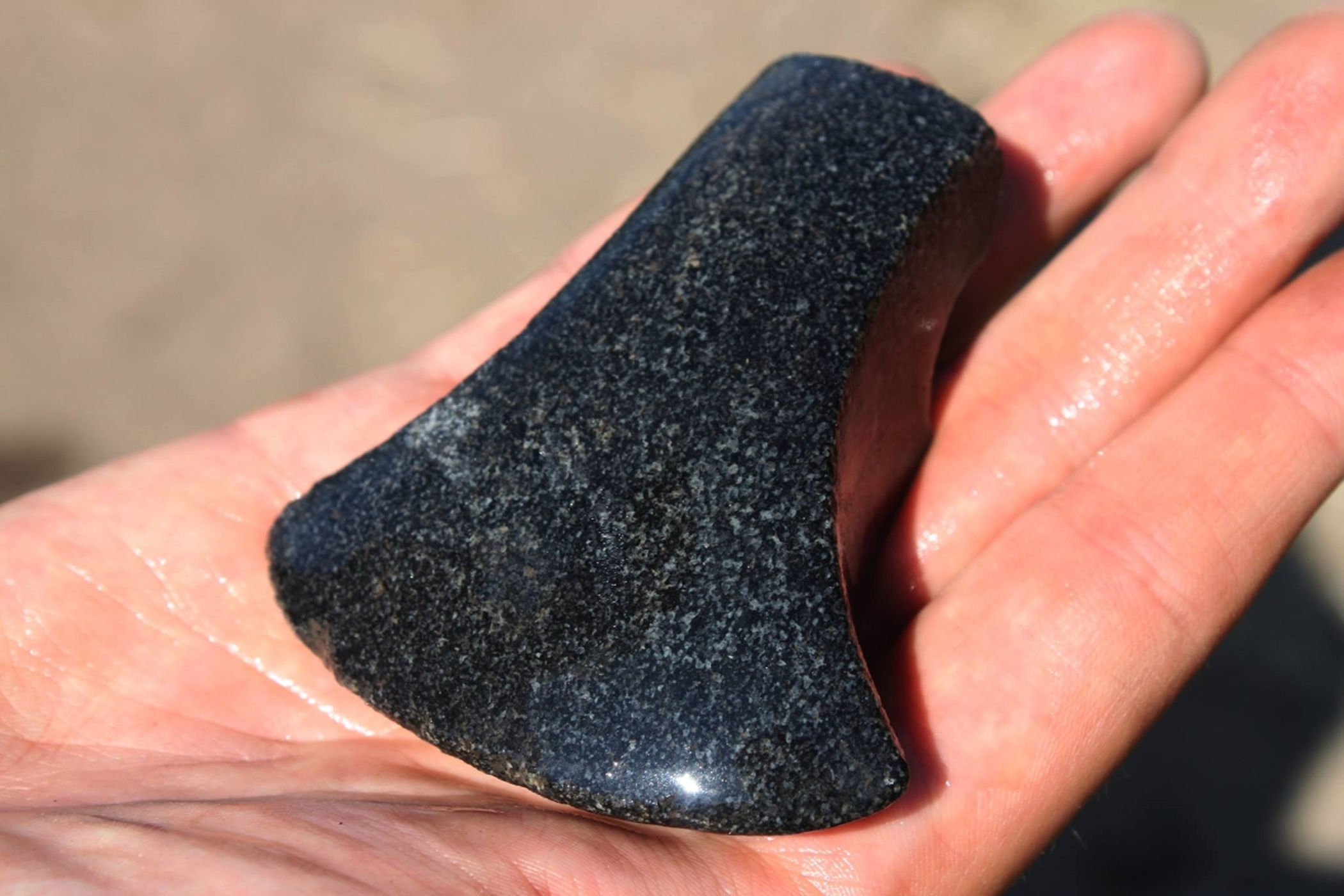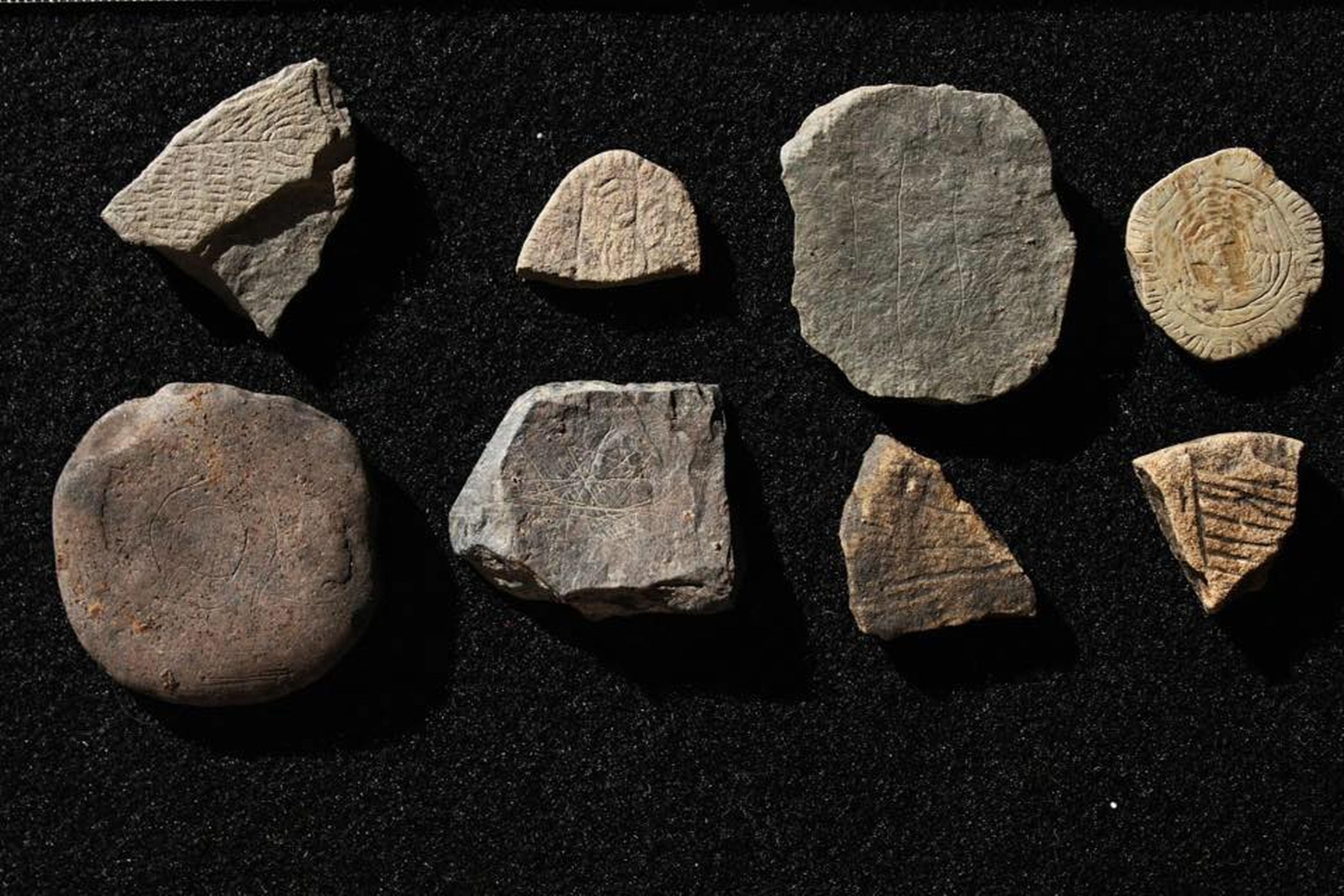Information
5,000-Year-Old Scratched Stones Could Be Ancient Maps
Is this one of the world's oldest maps?
The lines scratched on this 5,000-year-old stone fragment from the Vasagard archaeological site, on the island of Bornholm in Denmark, may be one of the earliest symbolic representations of fields and farmland, archaeologists said.
Archaeologists and students from Denmark and Poland discovered 10 of the map stones or "landscape stones" during excavations at Vasagard in June.
The map stones were excavated from the circular ditches that surround a 5,000-year-old, earth-walled enclosure at the Vasagard archaeological site.
The stones have been dated to between 2900 B.C. and 2700 B.C., during the late Stone Age period in Europe.
Excavations at Vasagard since the 1990s have uncovered hundreds of broken stones inscribed with patterns of radiating lines, called solsten in Danish, which means "sun stones" or "solar stones."
Archaeologists think the site was a sacred enclosure for a Neolithic sun-worshipping religion or "solar cult."
Most of the sun stones from Vasagard have also been broken, probably after they were used to symbolize the sun in magical rituals designed to ensure the fertility of local farmlands, the researchers said.
Archaeologists think the so-called map stones found at Vasagard could represent areas of local farmland, such as the fields farmed by a particular clan or community.
Some of the stones are marked with what appear to be symbols of plants. This one may show barley or einkorn wheat, which were grown in the area during the Neolithic period.
The researchers think the map stones and sun stones from Vasagard were ritually broken and deposited at the sacred enclosure after they were used together in rituals.
As well as an appeal to the sun to fertilize their farmlands, the rituals may have been seen as a sacred guarantee of the right of a community to a farm in a particular area.
The map stones were found by archaeology students from Aarhus University in Denmark and Warsaw University in Poland, under supervision by archaeologists from the Bornholms Museum, the Moesgaad Museum at Aarhus, and the National Museum of Denmark.
This image shows some of the students with Aarhus University archaeologist Jens Andresen, at right.
As well as the Neolithic map stones and several more sun stones, the archaeology students from Aarhus and Warsaw found this polished stone axe or war hammer during the excavations at the Vasagard site in June.
Archaeologists say the map stones found at Vasagaard are similar to some rock carvings in the alpine Val Camonica region of northern Italy, which have also been interpreted as symbolic landscapes that were used in Neolithic rituals.
Category: English
News
Information
Key words:

